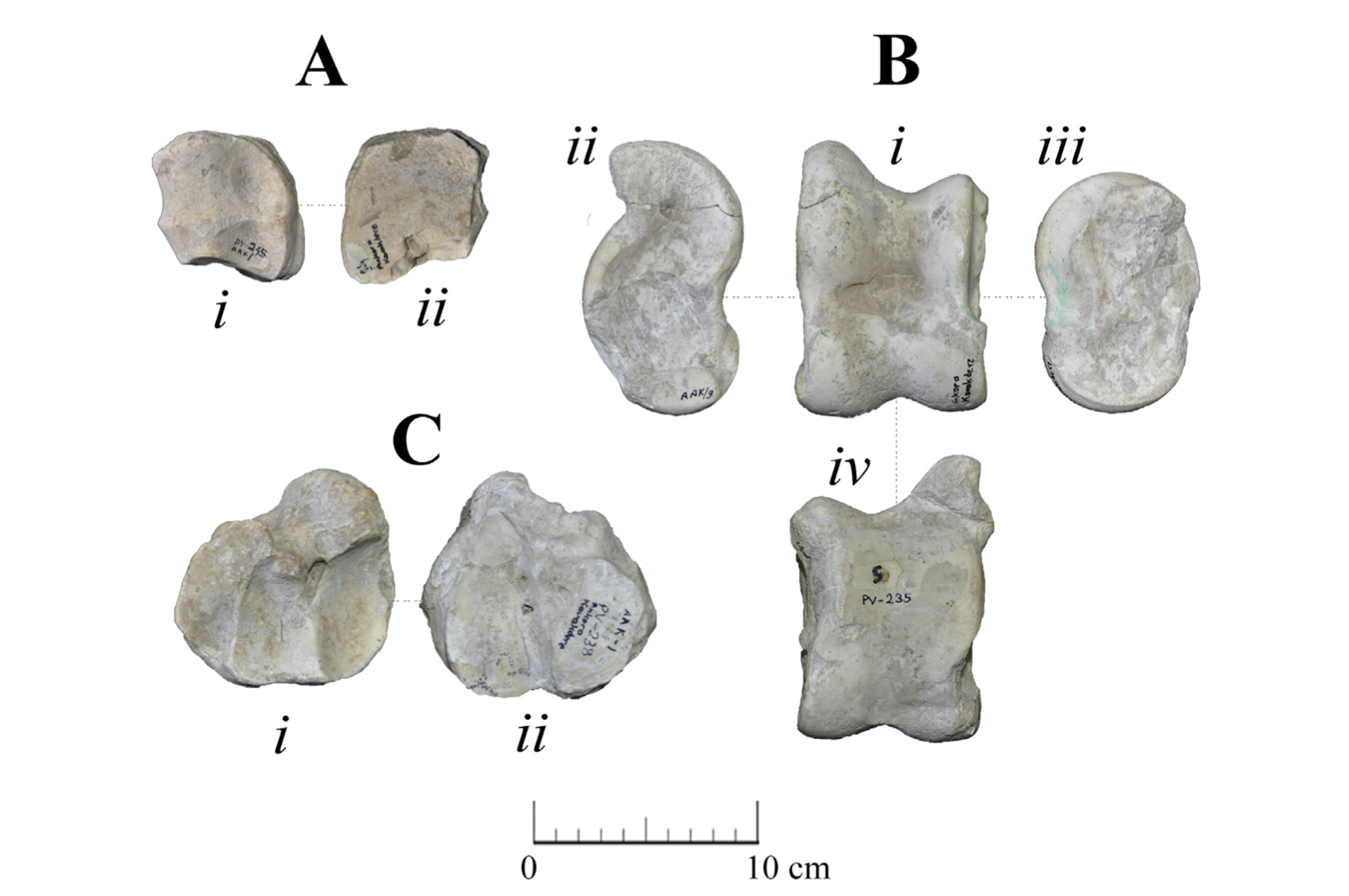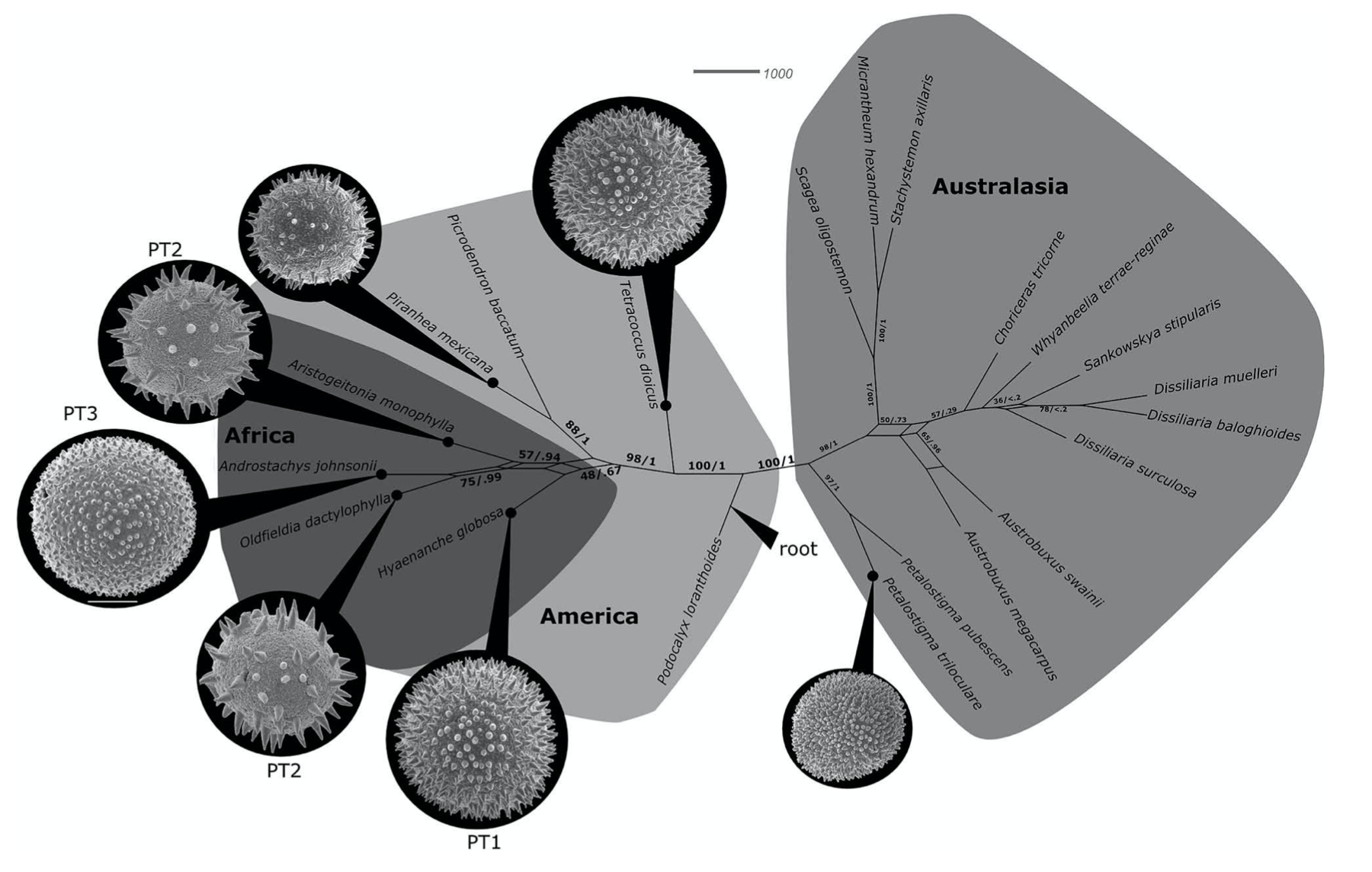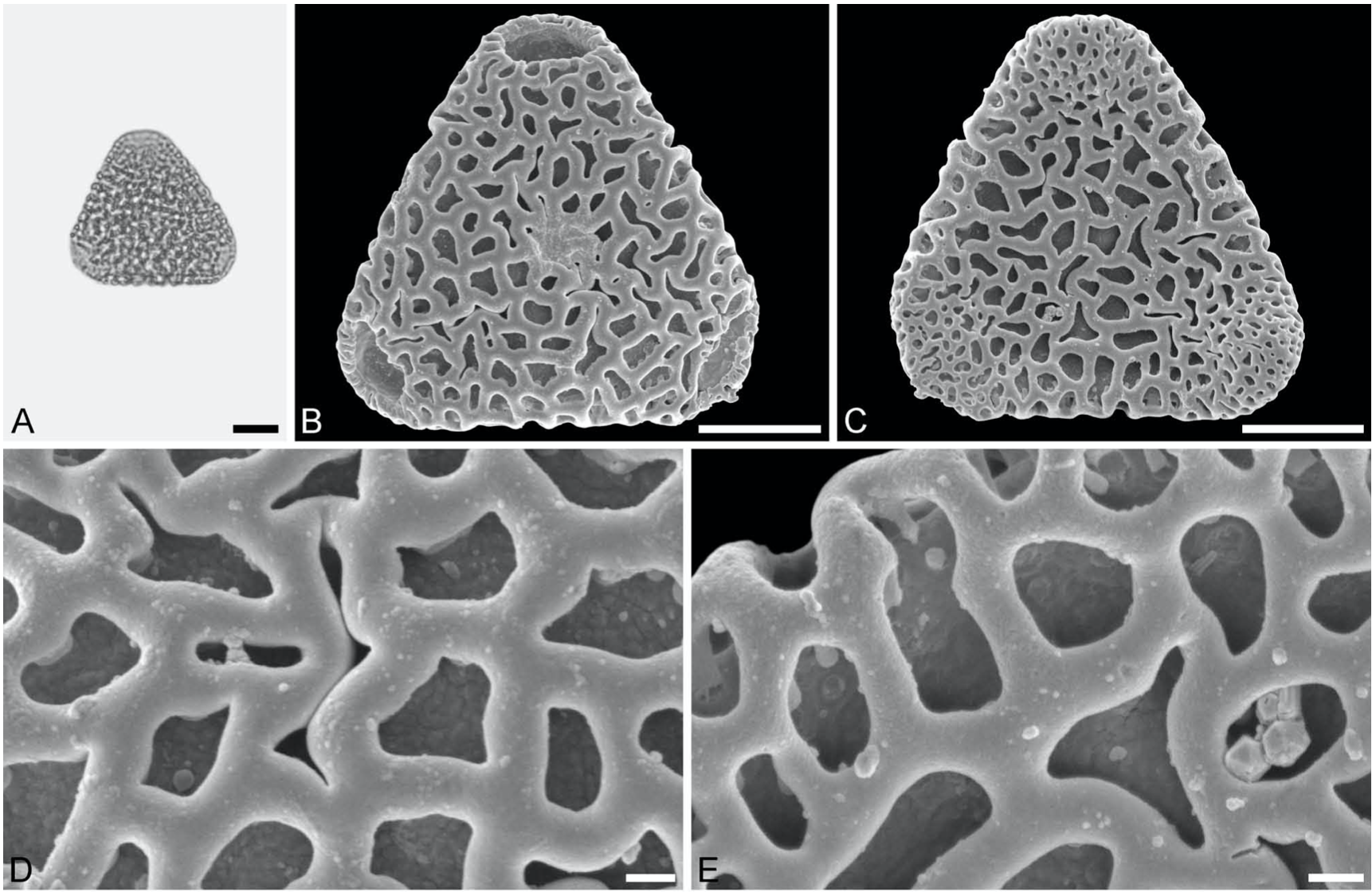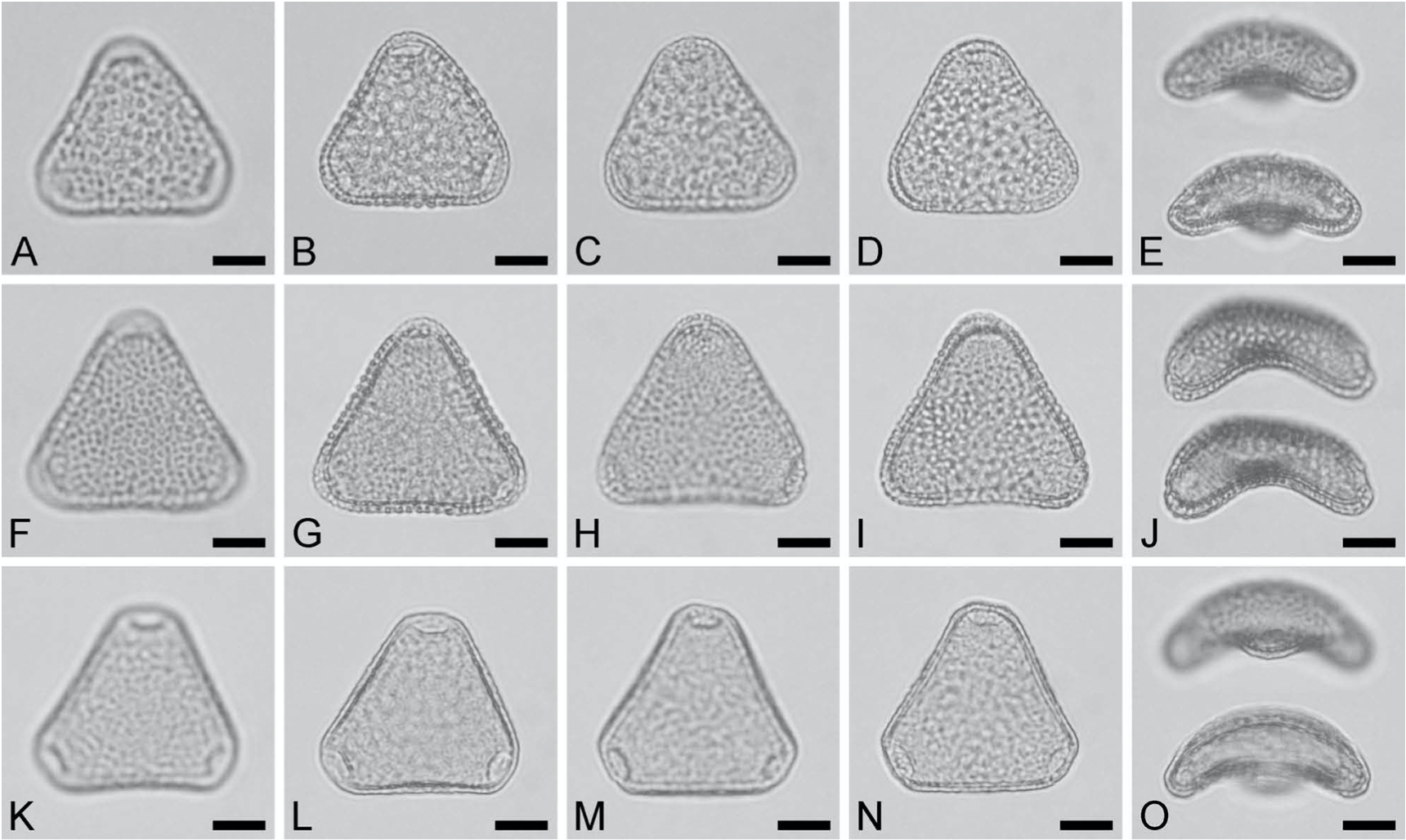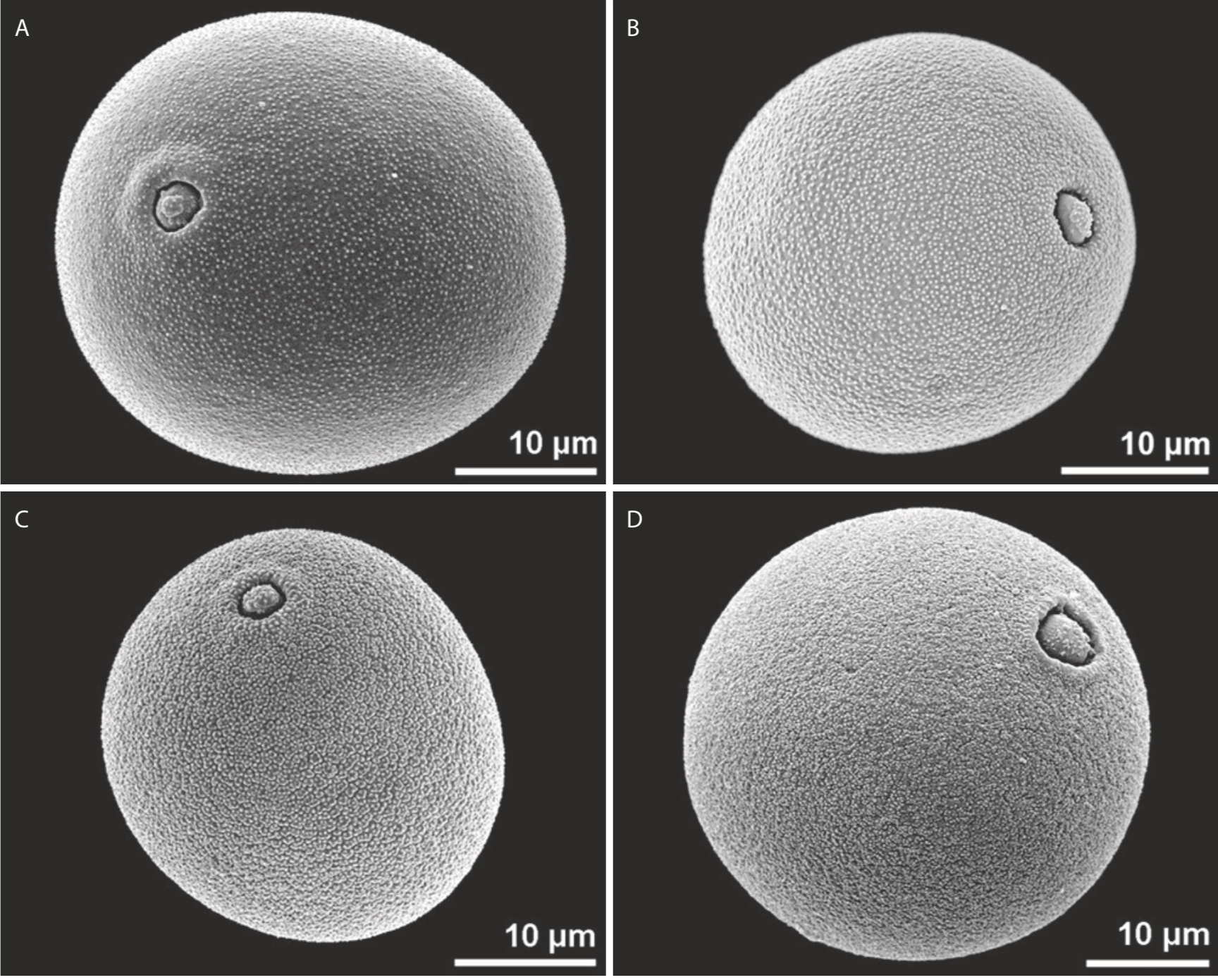Authors: Thomas Denk, Friðgeir Grímsson, Reinhard Zetter, Leifur A. Símonarson
The Pleistocene vegetation history of Iceland is closely linked to the onset of large scale northern hemisphere glaciations. The first regional glaciation in Iceland occurred at ca 2.5 Ma (Praetiglian), just before the deposition of the oldest Pleistocene plant-bearing sediments in Iceland (Brekkukambur Formation, 2.4–2.1 Ma). Both the macro- and microfloras of the Brekkukambur Formation are not very well preserved and do not allow detailed interpretations of the palaeoenvironment. However, based on plant and insect remains from the coeval Kap København Formation of northern Greenland, this time marked a last phase of global warmth with boreal forests extending as far north as 82°N. Younger plant bearing sedimentary formations in Iceland investigated here are ca 1.7, 1.1, and 0.8 Ma in age. They were deposited during interglacials and their floras are very similar to the modern flora of Iceland. It is unclear at the moment whether and how frequently plants survived in Iceland during cold phases. Dispersal mechanisms of plant taxa found in interglacial deposits show that all of them are dispersed by wind or birds over long distances and hence Iceland could have been re-colonized within a rather short period after each cold phase. The composition of the modern flora of Iceland is the result of the dispersal modes and climatic tolerances (competitiveness) of its members. These general conditions appear to have controlled the flora and vegetation of Iceland in a similar way since more than 1.7 million years.
